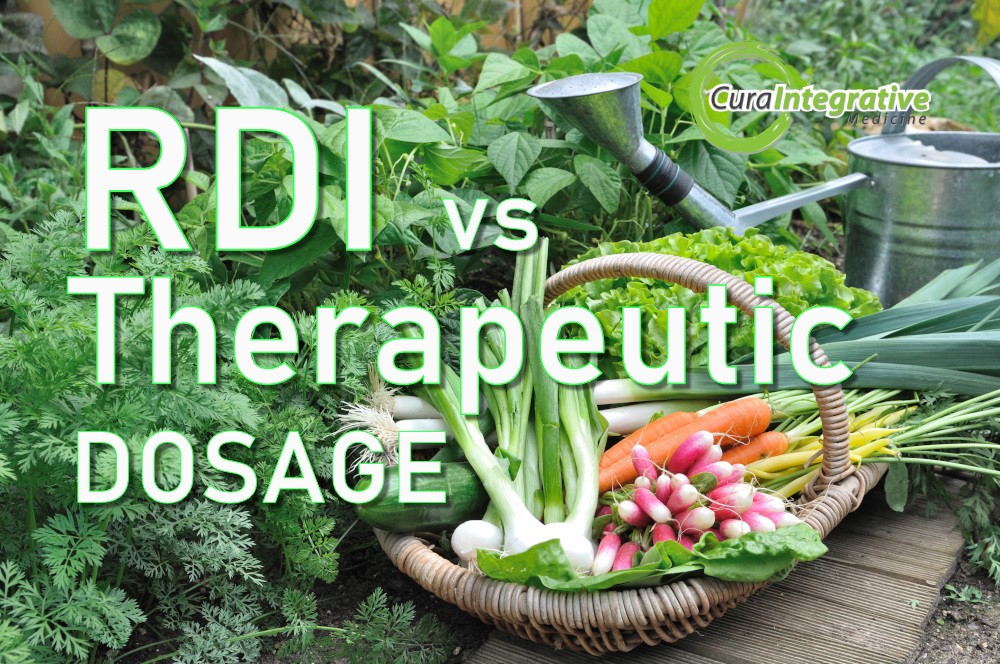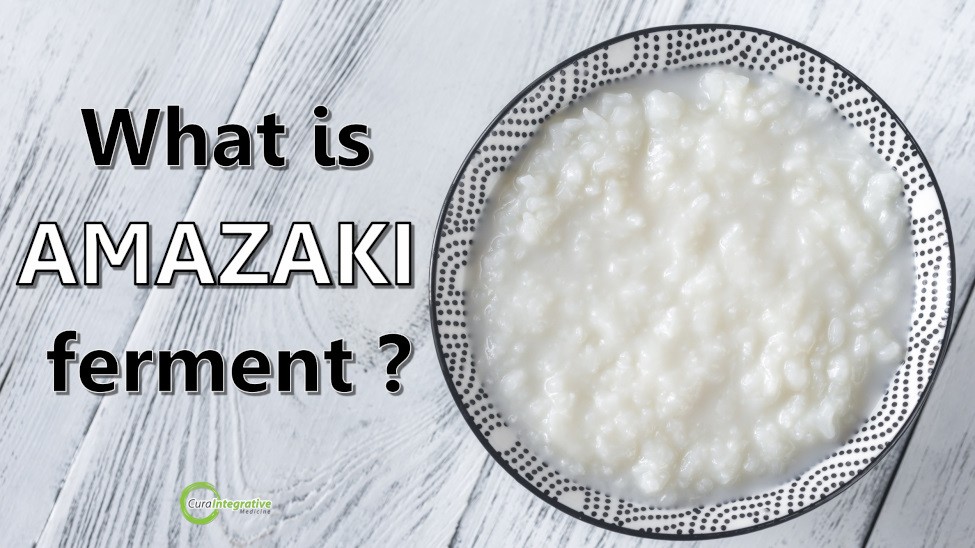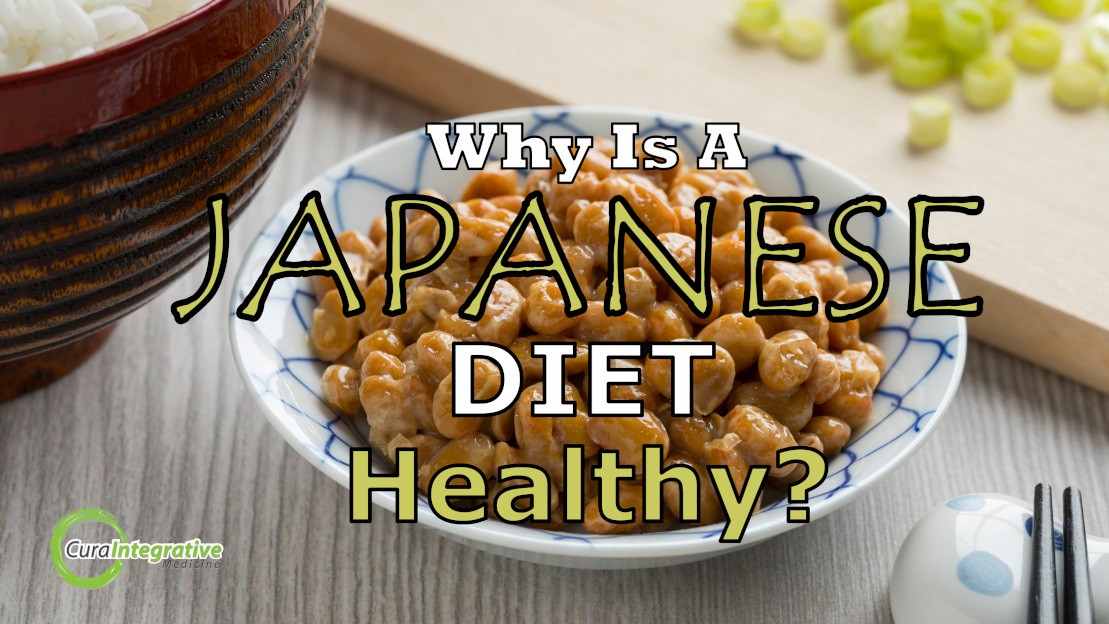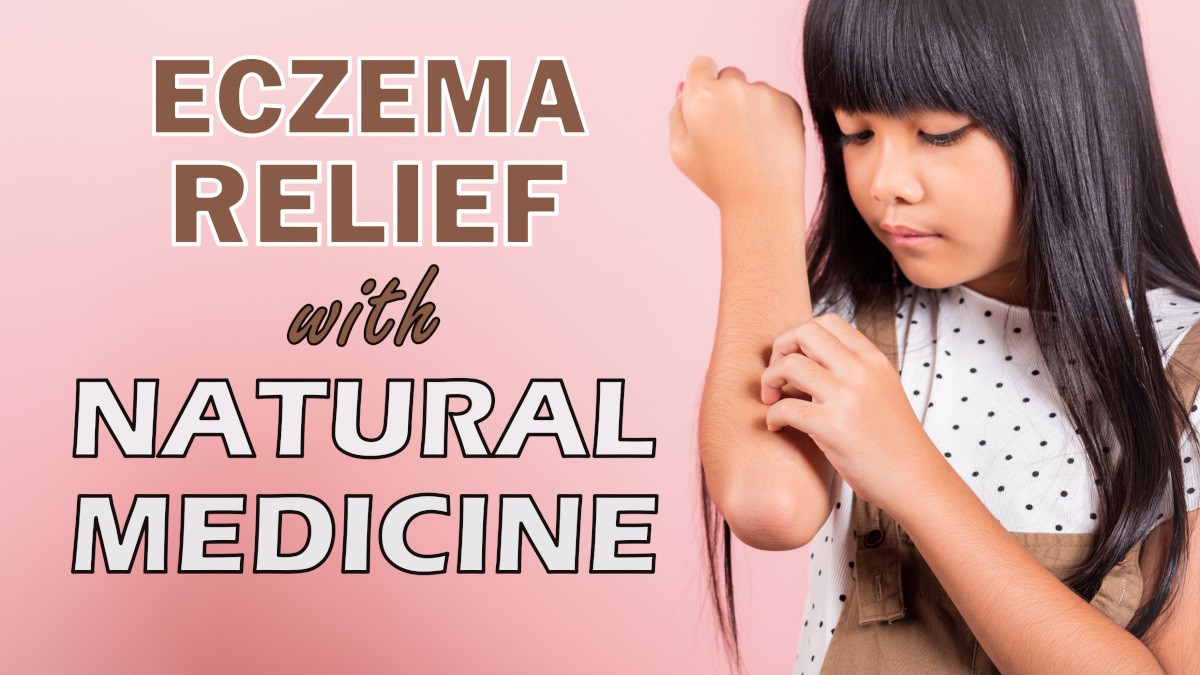Koji is a less known superfood found in a variety of macrobiotic foods. Containing Aspergillus oryzae, koji is used to make foods such as miso, amazaki and tamari. Read More…

Recommended Daily Intake vs Therapeutic Dosages
Posted 5 Sep '23
When I see patients for various health conditions, almost always they need more nutrition to get them feeling better faster. Nutrition can be likened to being either like "just enough in the tank" or having a "full tank".
Are you just surviving or thriving?
When your body is stretched for optimal levels, it is stretched to supply all the systems which means often some have to suffer.
Unfortunately our daily intake of nutrients from foods is declining due to factors including soil depletion, chemical usage in farming and processing of packet foods. In our grandparents time, fruit and vegetables were grown much different to our "modern" techniques of single crop, intensive farming methods.
What Are Optimal Nutrition Requirements?
The Recommended Daily Intake (RDI) listed on a packet refers to the minimum intake of nutrition to maintain the average requirements of a
healthy person. These figures are decided by the government body called the National Health and Medical Research Council (NHMRC) and
approved in a guideline Act set in 1992.
Unfortunately the RDI does not take into account variations in requirements due to age, demands, farming practices, processing variations,
absorption, nutrition forms and countless other contributing factors which could impact optimal intake for different patients.
Therapeutic Dosages are considered to be more targeted dosages to supply the body with a high amount which allows it to complete biochemical reactions freely without struggling with low levels of nutrition.
An example of a therapeutic dosage could be used when describing the therapeutic effect of omega-3 and more specifically Eicosapentaenoic acid (EPA) which has a strong anti-inflammatory effect. Patients who suffer from arthritis, fibromyalgia, lupus or similar pain conditions often find a significant reduction in pain with a dosage of EPA of 4000mg a day. If a patient was to try to consume this much EPA from a meal of fish, it would be nearly impossible as it would require kilograms of oily fish.
Why Are High Amounts of Nutrition Required?
As previously mentioned, food is not what it used to be. Farming techniques have changed and now foods often go through various processes which unfortunately deplete nutrients in those foods.
One common farming practice which result fruit and vegetables being depleted in nutrition is when crops are grown in the same soils without crop rotation. An example would be a market gardener growing broccoli in soil which has had multiple crops grown previously. Furthermore, farmers focus on synthetic fertilisers like NPK which lack trace elements and microbes giving the plants growth only but suboptimal trace elements.
Can Food Correct a Nutritional Deficiency?
Patients are normally struggling with fatigue, poor wound healing or low immunity because they are already deficient.
An example would be iron deficiency anemia.
When a patient is confirmed to be iron deficient with a blood test, food will not be enough to raise stores high enough or fast enough to overcome the fatigue and other symptoms associated with the deficiency.
Food may contain an average RDI of 16-20mg of iron a day but to restore levels to maintain good health the patient must consume more than 50mg a day but preferably even higher.
Furthermore, a patient with iron deficiency may be lacking other cofactors such as Vitamin B12 or Vitamin C to adequately absorb dietary iron intake.
What About Malabsorption or Poor Absorption of Nutrition?
With age or some health conditions like a gastric sleeve, parasitic infection or bowel disease, patients might not be absorbing nutrition from their food which can contribute to a deficient state.
Helping a patient with a malabsorption issue is two fold. Firstly the absorption needs to be improved and secondly the deficiency needs to be corrected. Rather than just taking a supplement to attempt to correct iron deficiency, the cause needs to be addressed to prevent future deficient states to occur.
How do Medications Impact Nutritional Status?
Certain medicines are known to reduce the amount of nutrients when taken for long periods. Such medicines such as statins or protein pump
inhibitors are almost always taken long term and this results in lower stores of beneficial nutrients.
Another example of a pharmaceutical negatively impacting nutrient stores is the Oral Contraceptive Pill (OCP). This medication has
been shown to reduce serum concentrations of zinc, selenium, phosphorus and magnesium. Without supplementation, together with increase
demand for such minerals, a patient may start to show signs and symptoms of deficiency.
Do you need help with a nutrition plan or achieving the optimal health level you deserve? Get in touch now or make
an appointment
to get started.





